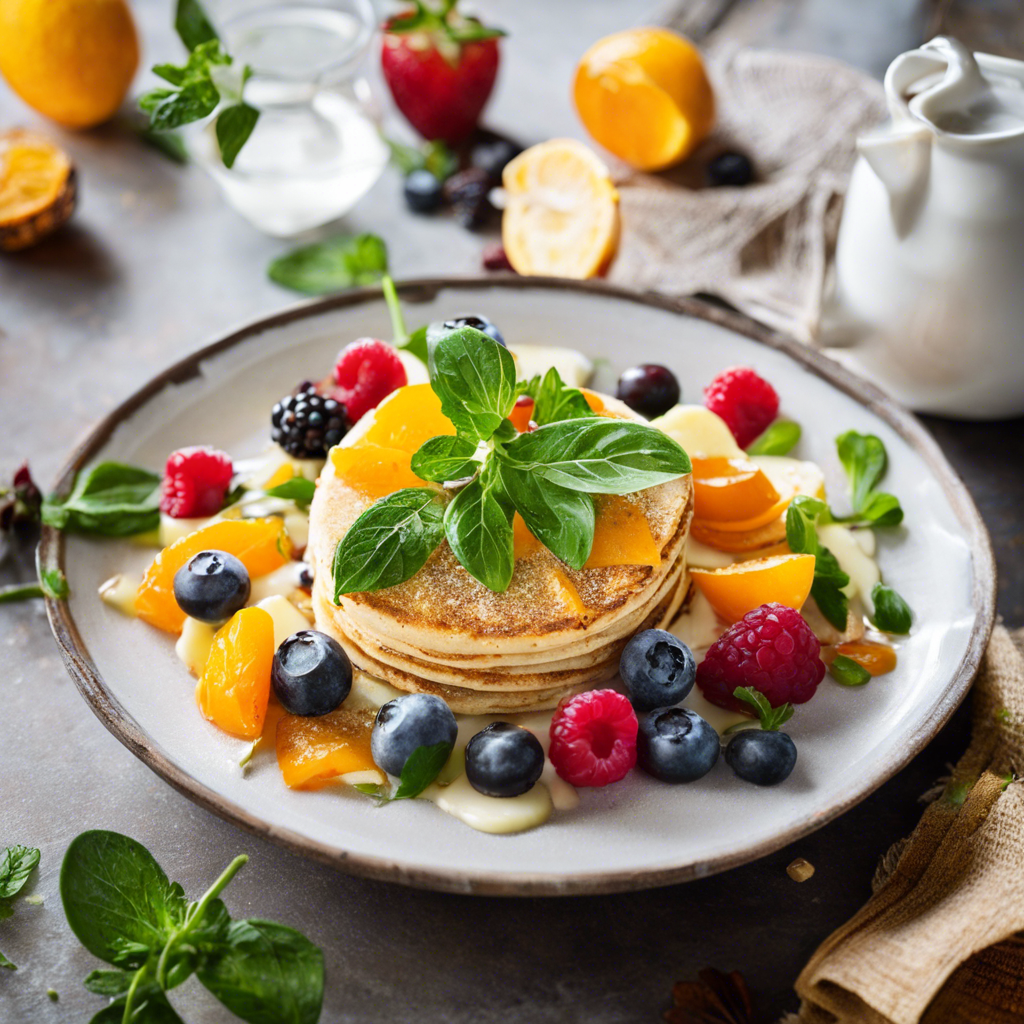Food photography has become an art form in its own right, with many of us now sharing our culinary adventures on social media. Whether you’re a foodie, a chef, or simply someone who loves to capture delicious moments, there are some key tips and tricks to ensure your food photos look mouth-wateringly good. First and foremost, good lighting is essential. Natural light is your best friend when it comes to food photography. Aim for soft, diffused light, such as near a window during the day or even outdoors in the golden hour just before sunset. Avoid harsh overhead lighting, which can cast unflattering shadows and wash out colors, making that steak look unappetizing.
Use props to add context and interest to your shots. A simple linen napkin, a sprig of herbs, or a rustic cutting board can enhance the story you’re telling with your food. Just be sure not to overcrowd the frame; negative space can be your friend, drawing the viewer’s eye to the hero of the shot – that perfectly cooked scallop. Play with perspectives, too; get down low and shoot from table height or directly overhead for a bird’s-eye view, showcasing the entire feast.
Composition is key to a great food photo. The rule of thirds is a classic composition technique, where you imagine your frame divided into a tic-tac-toe grid and place key elements along those lines or at the points where they intersect. This creates balance and draws the viewer’s eye into the scene. Also, consider using a shallow depth of field, blurring the background and keeping the focus on the food.
Don’t be afraid to get creative with your angles. Try a worm’s-eye view, shooting upward to make the food look abundant and generous. Alternatively, get right in close with a macro lens to capture the intricate details of a perfectly crafted dish; the delicate flakes of a fresh-from-the-oven croissant, for instance, or the glistening juice of a ripe strawberry.
Color plays a vital role in food photography. Complement the colors in the dish with a similarly hued background or prop; a slice of lemon meringue pie, for example, could pop against a sunny yellow napkin. Alternatively, use contrasting colors to make the food stand out; think vibrant green herbs against a stark white plate.
When it comes to editing your shots, less is often more. Minor adjustments to brightness, contrast, and saturation can enhance your image without making it look overprocessed. There are also many fantastic food-specific presets available for various editing software, which can give your photos a professional polish.
Remember, food photography is as much about storytelling as it is about aesthetics. By using these tips and developing your unique style, you’ll be able to capture the essence and appeal of a meal, enticing your viewers and making them hungry for more.
So, next time you’re about to dig into that beautifully crafted dish, take a moment to style it, find the best light, and snap away. With these tips in your toolkit, you’ll be well on your way to creating delicious food photography that truly satisfies. One final tip: always ensure your lens is smudge-free! There’s nothing more frustrating than realizing that pesky fingerprint ruined an otherwise perfect shot.
